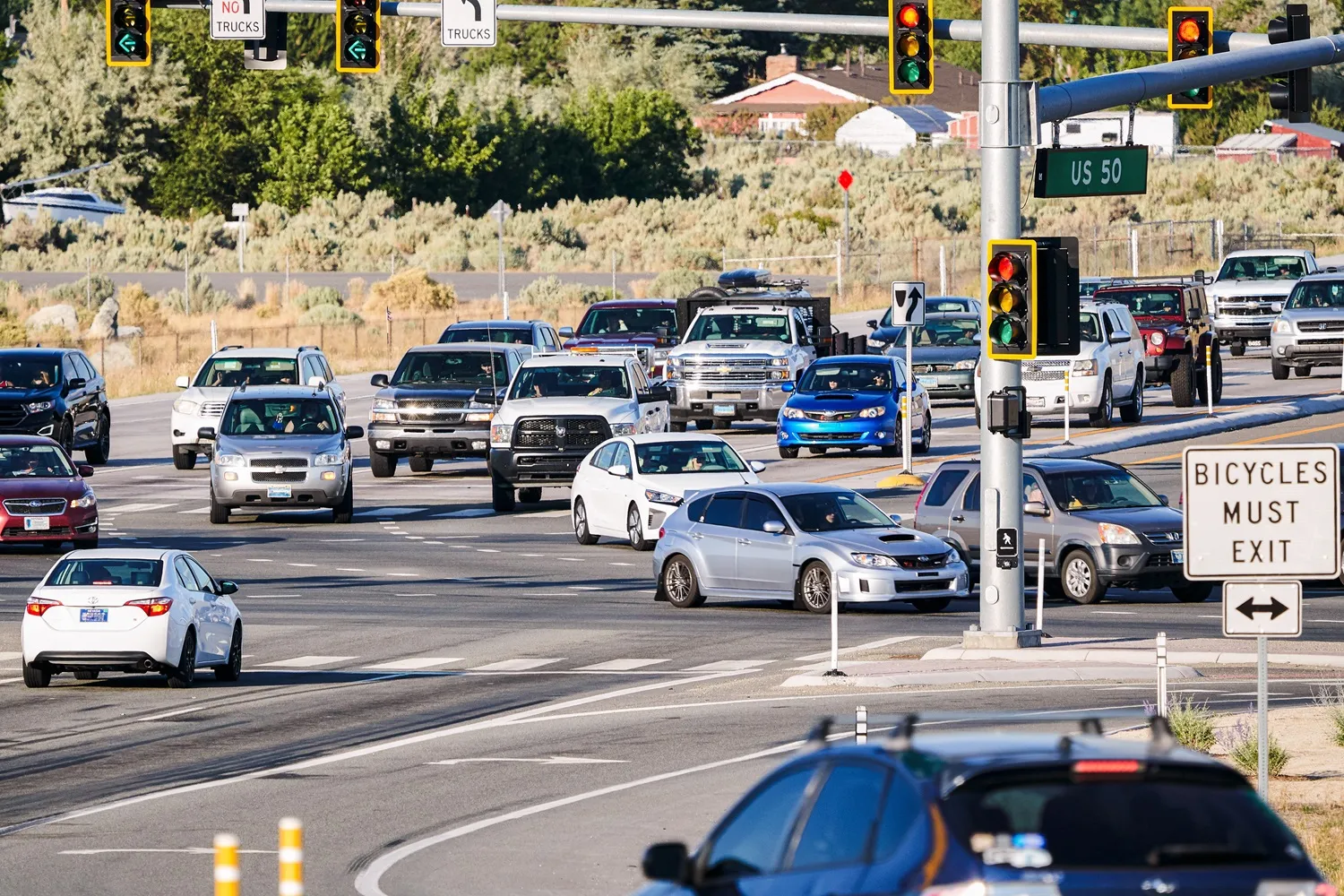
To take one example, to improve a traffic signal system across several intersections, it would be necessary to set up an IP-based networking system for monitoring over the internet, with integration of an IP CCTV surveillance system over the same network a useful idea. But laying Ethernet cables between intersections is not practical and fibre optics may not be an option - however, employing the 2-wire telephone-grade copper wires which are already there is a solution and Moxa’s Managed DSL Ethernet extenders can help do this.
“Customers can re-use existing cables,” explains Chih-Hong Lin, Moxa Europe Business Development Manager. “These can be used for traffic control or even video surveillance.” The IEX-402-VDSL2 Series, for example, supports Ethernet up to 3km for VDSL2 and 8km for G.SHDSL, using existing telephone-grade wiring for point-to-point Ethernet connections. The IEX series also comes with Moxa’s MXview network management system.










